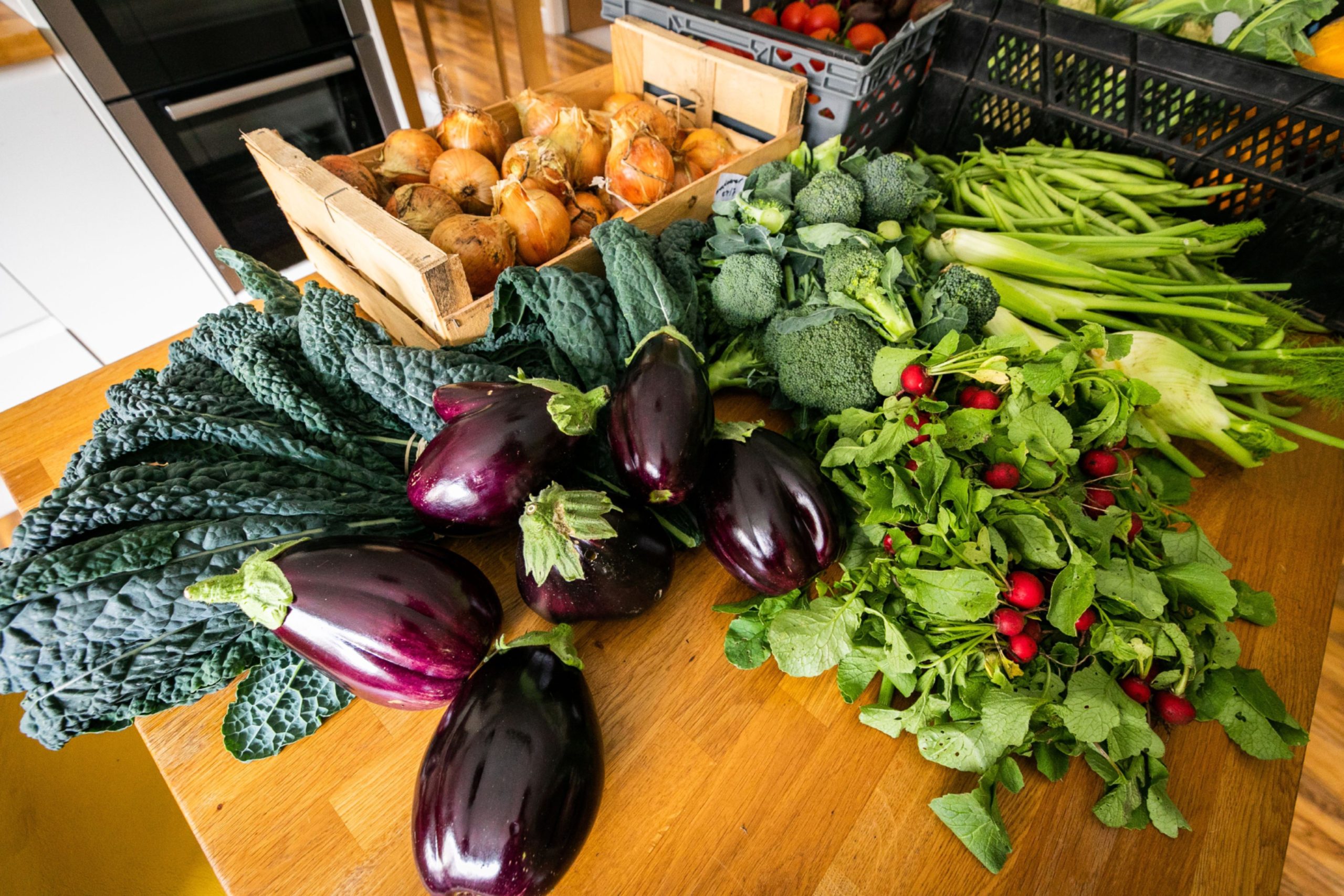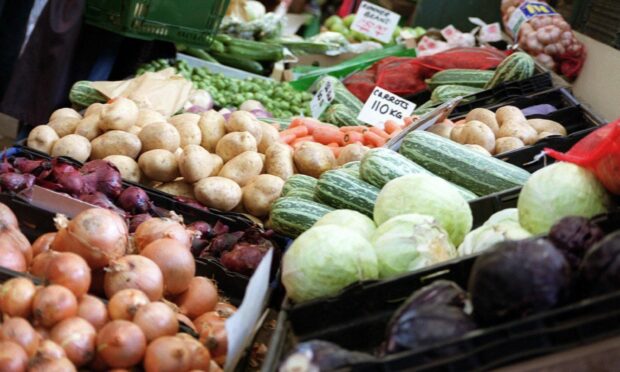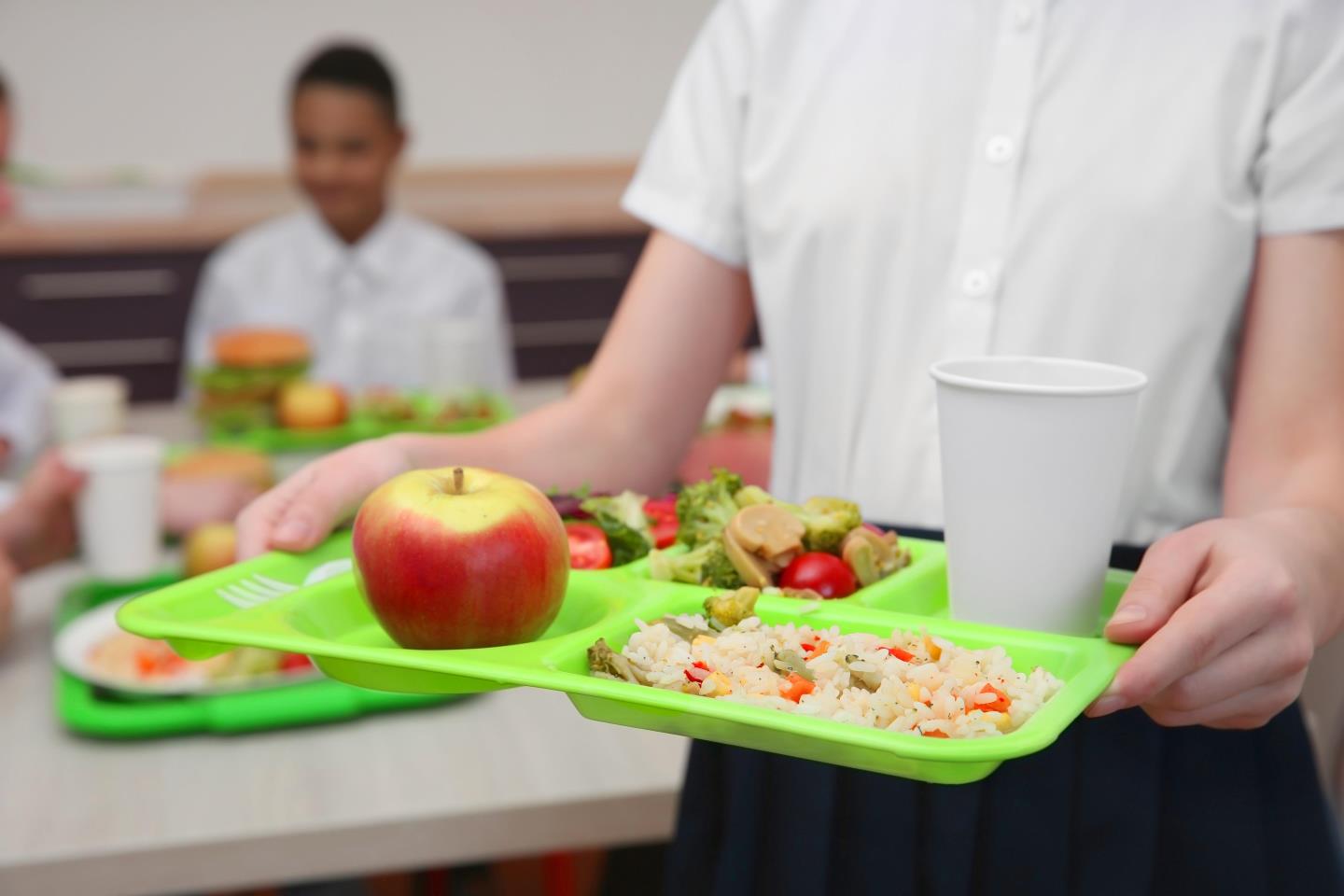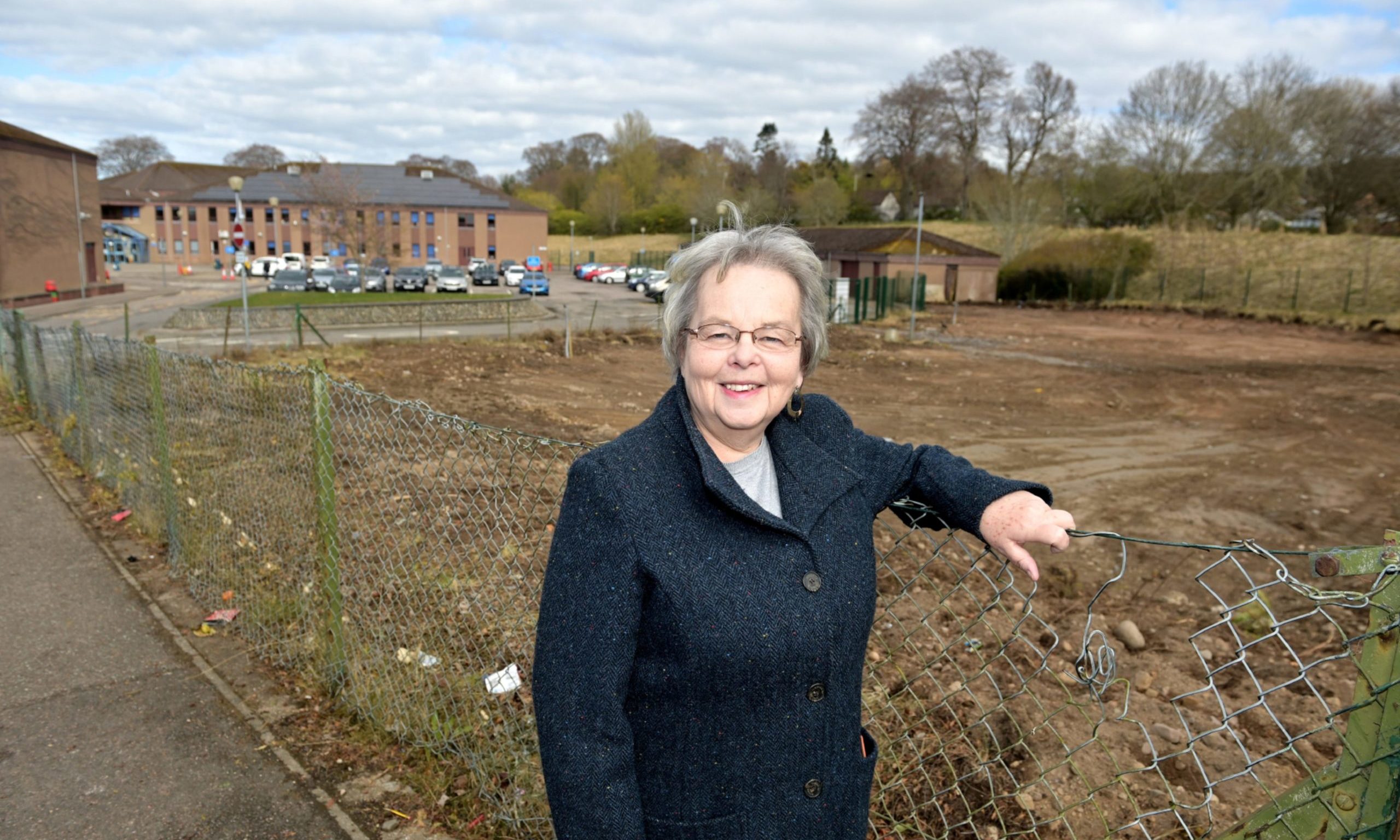Highland Council has laid down a challenge to the Scottish Government to go further in its efforts to support local food initiatives.
Yet the council is not shirking its own responsibilities, with climate change chairwoman Trish Robertson saying: “I don’t think we can ever do enough really, but this is a step in the right direction.”
Mrs Robertson believes that while the national and local government visions are an important marker, radical action should follow in terms of land reform, affordability and education.
What does a local food strategy cover?
The Scottish Government’s definition of ‘local food’ is food that is produced locally, sustainably and with a short supply chain.
It also places emphasis on the relationship between the producer and the consumer – a relationship based on trust, information sharing, fairness and support.
There are three key pillars to the local food strategy: connecting people with food, connecting Scottish produce with buyers, and harnessing public sector procurement.
The strategy is out to consultation.

Councillors attending yesterday’s climate change working group meeting agreed a formal response from the local authority.
The response is broadly supportive of the strategy, but it highlights some barriers to promoting local food, particularly in rural areas or areas of high poverty.
There’s a lingering perception, say council officers, that local produce costs more. At the same time, it’s less widely available, especially for people relying on public transport.
The council challenges the Scottish Government to reduce these barriers for people on low incomes or those experiencing food insecurity.
In Scotland, that’s one in 10 people.
In Highland, an astonishing one in four children are living in poverty.
A Highland flavour
In its detailed response to the Scottish Government, the council has offered up a number of areas where more action could be taken.
Firstly, financial support to enable local authorities to do more.
Under the Community Empowerment (Scotland) Act 2015, the council must produce its own community food growing strategy and help to provide allotment and food growing space to communities.
Highland Council believes funding for staff posts would help accelerate progress.
It’s also a little-known fact that larger allotments require planning permission, and funding could also be used to offset the costs and accelerate the process for community applications.
Planning permission is a hurdle, but an even bigger challenge is in finding land at all. The council welcomes the Scottish Government’s current commitments, but would like to see land reform measures go further.
It also proposes incentives to diversify land use, observing that much of Highland’s fertile land is used to grow barley for whisky.
Thurso Grows
Jill Lawrie is a gardener with Thurso Grows, a community growing initiative spearheaded by Thurso Community Development Trust in Caithness.
Ms Lawrie also sees land availability as a big priority.
She said: “We were lucky that our site was previously a garden area, but I think it would help other organisations if the council could identify areas that were previously used for allotments that could be used again, and make it easier to know what ground is available.”
Ms Lawrie says the Thurso Grows project has been hugely rewarding so far.
Established two years ago with support from the Scottish Government’s Climate Challenge Fund, volunteers and trust staff transformed a derelict garden into a community growing space.
During lockdown, Thurso Grows took over the council-owned ground in the town centre which is usually used for flower displays, and used it to grow extra food for the community.
The produce was given away to local residents and also used to cook and deliver community meals.
“I really enjoyed being able to offer help and advice to people on our market days,” Ms Lawrie added.
“Our volunteers are such a brilliant bunch of people. They work really hard all the time to keep the garden going and they have such a range of different skillsets.”
Help and advice is central to the Thurso Grows project, which has taught people about growing, composting and food waste, as well as healthy eating. It has now launched a sister project, Thurso Eats, to bring people together for meals.
While the strategies produced by the Scottish Government and Highland Council highlight a vast range of benefits such as building community cohesion, boosting the local economy and reducing food miles, it’s mental health that really stands out as a benefit for Jill.
“We have a lot of people from supported living arrangements visiting our community garden, and we see first hand how it supports their mental health,” she added.
“It gives people a lift to have that social contact, exercise and fresh air.”
Changing perceptions
Ms Lawrie said she is also surprised by the number of people who don’t know the sheer range of fruit and vegetables that can be grown locally.
This is one of the challenges highlighted by the council’s report, which puts a strong emphasis on the need for education.
The report calls for food education to be embedded in the school curriculum, and for school meals to feature local ingredients.
To her surprise, chairwoman Mrs Robertson discovered that much of the school menu is governed by centralised rules. For instance, school dinners must feature ‘fresh salad vegetables’ which often means that imported tomatoes are served up in canteens.
There are also still too many children who believe food comes from supermarkets, says Mrs Robertson. However, it’s not just children who need to adjust their viewpoint a little.
“Perception of food has changed even over my lifetime,” she says. “I always budgeted carefully and most of my money went on fuel, then food, with the rest as luxuries. Food was expensive then.
“Now, we expect food to be cheap. We expect to eat meat every day, and we have much bigger portions.”
Does anyone still eat mutton?
Mrs Robertson adds that while a lot of emphasis is placed on growing vegetables, meat and fish such as mutton and mackerel used to be common local foods that have fallen largely out of fashion.
Her own grandfather was a butcher in Beauly in the 60s at a time when butchers bought their meat at the local mart and butchered it themselves, locally. This began to decline in the 80s and 90s.
The number of abattoirs in Highland has reduced from 11 in 2006 to just one, today.
“The debate was a really interesting one, and members were generally very supportive of the Scottish Government’s strategy and our own initiatives,” Mrs Robertson added.
“However we can certainly do more.
“What is needed is both a behaviour and a mindset change.
“This is the start of a long process to change perceptions.”


